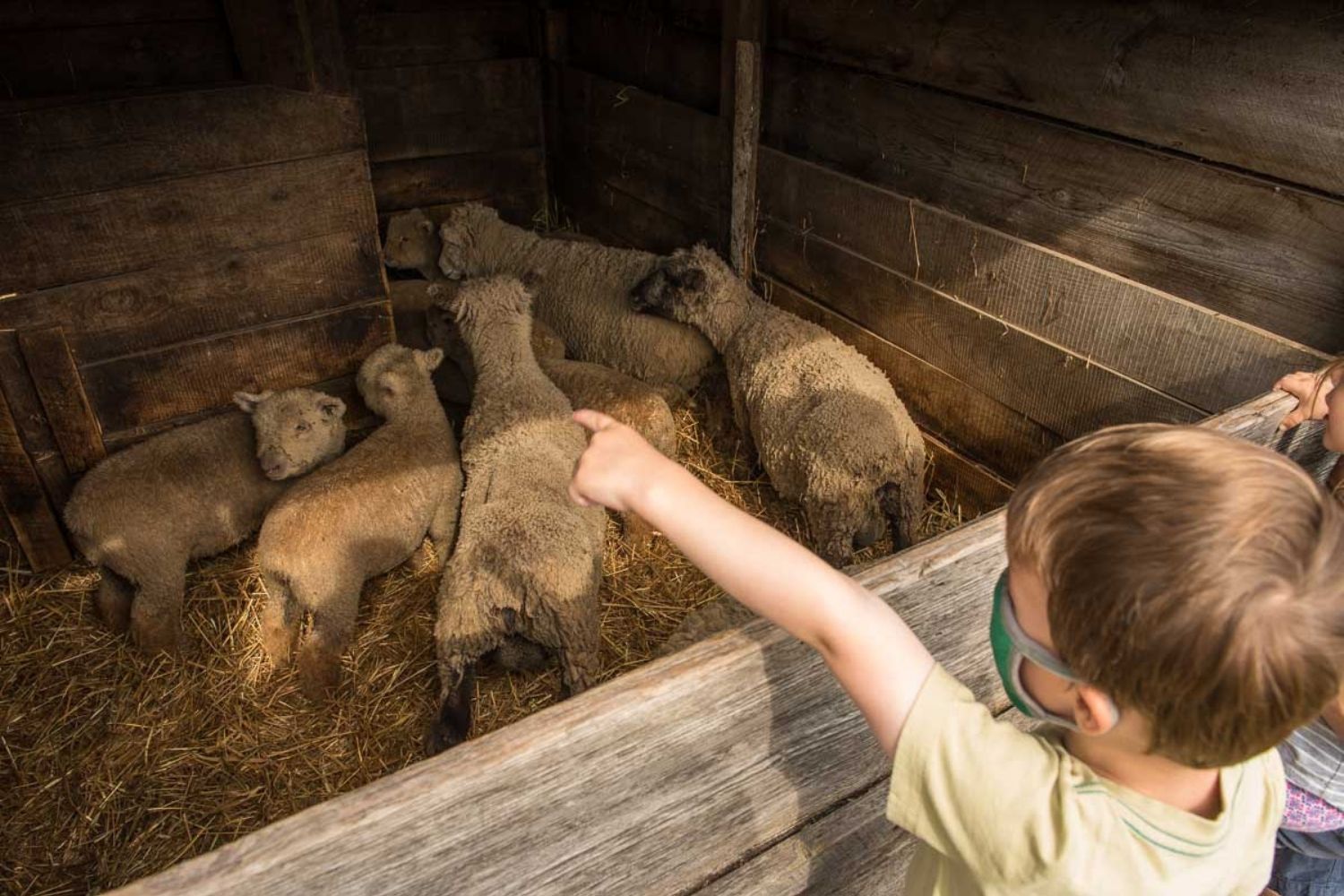Meet The Heritage Animals At Oliver Kelley Farm

Have you ever wondered what it was like to live on a farm in the 1800s? At Oliver Kelley Farm, you can step back in time and meet the heritage animals that played a crucial role in daily life. From sturdy oxen to woolly sheep, these animals aren't just for show—they help tell the story of farming history. Kids and adults alike will enjoy seeing these creatures up close, learning how they were cared for, and understanding their importance in agriculture. Whether you're a history buff or just love animals, this farm offers a unique glimpse into the past. Ready to meet some amazing animals? Let's go!
Meet the Heritage Animals at Oliver Kelley Farm
Oliver Kelley Farm is a living history museum in Minnesota where visitors can experience life on a 19th-century farm. One of the highlights is meeting the heritage animals that call the farm home. These animals are not just for show; they play a vital role in demonstrating historical farming practices.
Heritage Cattle
Cattle were essential for milk, meat, and labor. At Oliver Kelley Farm, you can see breeds that were common in the 1800s.
- Milking Shorthorn: Known for their versatility, these cows provided both milk and meat. They are friendly and easy to handle, making them perfect for a family farm.
- Devon Cattle: These red-coated cattle were used for both dairy and beef. They are hardy and adaptable, ideal for the varied climate of Minnesota.
Traditional Sheep
Sheep provided wool for clothing and meat for the table. The farm showcases breeds that were once widespread.
- Leicester Longwool: These sheep have long, curly wool that was highly prized for spinning and weaving. They are gentle and easy to manage.
- Southdown Sheep: Known for their excellent meat quality, Southdowns are small but robust. Their wool is also fine and soft, perfect for making garments.
Historic Poultry
Chickens and other poultry were crucial for eggs and meat. The farm keeps breeds that were popular in the 19th century.
- Dominique Chickens: These birds are one of the oldest American breeds. They are hardy, good layers, and have a calm temperament.
- Bronze Turkeys: These large birds were a staple for holiday feasts. They are known for their rich, flavorful meat.
Heritage Swine
Pigs were raised for their meat and lard. The farm features breeds that were common on 19th-century farms.
- Tamworth Pigs: Known for their excellent bacon, these pigs are active and hardy. They have a reddish coat and are good foragers.
- Large Black Pigs: These pigs are known for their docile nature and high-quality meat. They have a distinctive black coat and large ears that droop over their eyes.
Traditional Equines
Horses and mules were essential for transportation and farm work. The farm showcases breeds that were vital to 19th-century agriculture.
- Percheron Horses: These large draft horses were used for heavy farm work. They are strong, gentle, and have a striking black or gray coat.
- American Mammoth Jackstock: These mules were bred for their strength and endurance. They were used for plowing fields and hauling heavy loads.
A Visit Worth Your Time
Oliver Kelley Farm offers a unique chance to connect with heritage animals and learn about Minnesota's farming history. Meeting rare breeds like the Milking Shorthorn cattle and American Guinea Hogs brings history to life. The farm's interactive experiences make it fun for all ages. You can see how farming practices have evolved while appreciating the hard work of early farmers.
The farm isn't just about animals; it’s a place where you can enjoy the great outdoors and hands-on activities. Whether you're a history buff, animal lover, or just looking for a family outing, this farm has something for everyone. Plan your visit to Oliver Kelley Farm and make some lasting memories. It’s a trip that educates, entertains, and inspires.

